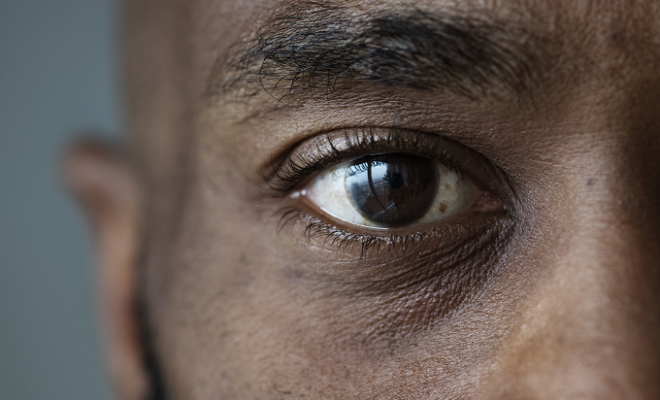Even for those who are knowledgeable about the Texas Revolution, Hendrick Arnold (Hendrich) is often an unfamiliar name. But his place in Texas history is representative of the fluid nature of the south and southwest during the 1800s, in terms of culture, major events, and race relations.
History
African-American Hendrick Arnold Fought for Texas Independence
Arnold’s parents are believed to have been a mixed-race couple, as Hendrick was considered African-American and his brother was regarded as white. Arriving from Mississippi in 1826, he settled with his family near the Brazos River, in Stephen F. Austin’s colony. Roughly ten years later, Hendrick was living in San Antonio and married to Martina (María), who was a stepdaughter of Erastus (Deaf) Smith.
While away on a hunting trip with Erastus, Mexican troops occupied San Antonio. Hendrick and Erastus encountered Stephen F. Austin’s encampment and offered to assist their efforts. Hendrick’s talents were quickly realized, and he became essential as a guide for the Siege of Bexar. He continued his service to the revolution afterward, serving in Erastus’s spy company for the Battle of San Jacinto.

Photo: envato elements
Post-revolution compensation included land near what is now Bandera. Hendrick’s brother lived there while Hendrick resided near Castroville and ran a gristmill in San Antonio, near Mission San Juan. He died during the cholera epidemic in 1849, and he was interred at Medina Ranch Cemetery.
Hendrick’s legacy further extends with the Tyron-Hendrick-Arnold Cemetery in Bandera. Formerly known as Bandera Negro Cemetery, this significant site had almost disappeared when a 1993 request for a new funeral led to an investigation regarding the cemetery’s owner. Working together, the Bandera Cemetery Association and Bandera County Historical Commission cleared the land title, then cleaned up the overgrown vines and trees which were chocking it. It is thought perhaps 30 burials are onsite, but due to markers lacking, the exact number is unknown.



